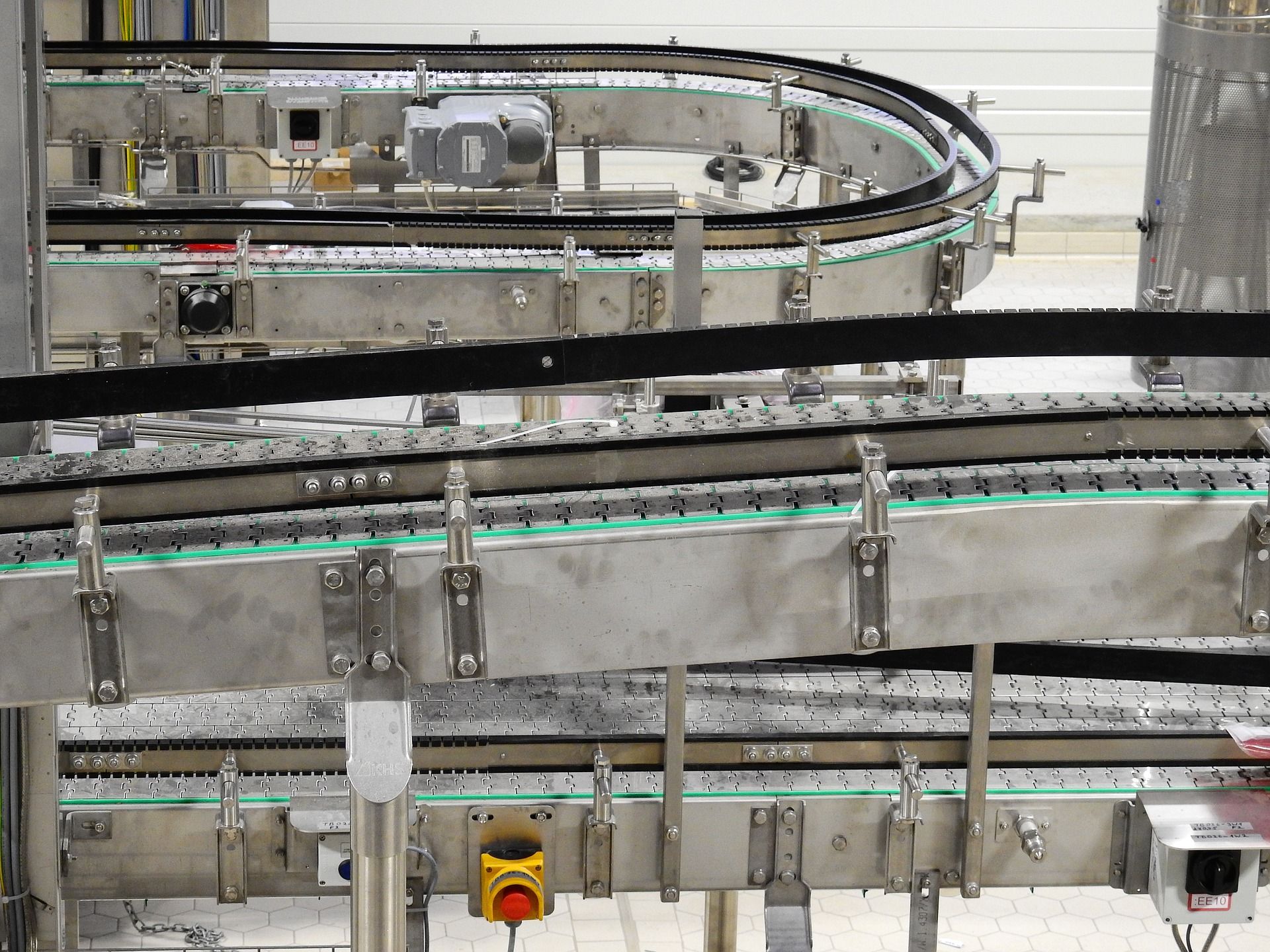Static electricity can be painful, annoying, sometimes even fun, but for industry, unwanted electrical discharges can be destructive, explosive, and even lethal.
Fortunately, where there is a problem, industry and raw materials usually supply a solution, and when it comes to static many solutions are needed.
Here then is a look at some of the many anti-static products and raw materials that can help.
Anti-Static Plastics
Anti-static plastics are often made from polyurethane.
This versatile polymer can possess anti-static properties for use in a wide range of products.
For example, in oil and gas delivery and extraction, clay, sand, paraffin wax, and debris can all clog pipelines. A cleaning device called a ‘pig’ can be sent down the pipe but requires an anti-static polyurethane disc to prevent igniting the fuel.
This is part two of a two-part article on anti-static products and raw materials. To learn more read; Anti-Static; Problems, Solutions, Products Part 1
Other pipes, such as cement mixture chutes and grain elevators require anti-static polyurethane linings to protect the metal pipes from abrasion as well as ignition.
Similarly, conveyor belt lines are often required to be static-free. For this reason, conveyor belts in the printing, textile, mining, woodworking, packaging, food, and pharmaceutical industries often employ anti-static industrial roll.

Many plastic parts are made of anti-static polyurethane so as to protect the electronic components they contain. Consequently, printer components and packaging for semiconductors and integrated circuits (ICs) use anti-static material or devices.
In addition to these plastic parts, solvent-free epoxy resins are often used to make anti-static flooring. These specialised floor coverings are widely used to meet international safety standards in a variety of buildings. These include;
· hazardous powder facilities
· electronics facilities
· semiconductor manufacturing plants
· medical facilities
· cleanrooms
· explosives and munitions buildings
· telecommunications buildings
Personal Protective Equipment
Due to the frequent movement and friction caused by moving bodies, a large variety of personal protective equipment (PPE) has anti-static capabilities.
Examples of such items include, anti-static latex gloves (sometimes made from nitrile butadiene rubber [NRB]), which can be used in fire and explosive hazard zones, such as refineries.
Anti-static NR latex gloves are used by workers involved in the assembly of electronic components. The gloves must grip well (even when greasy), protect from cuts, and prevent electrostatic discharge (ESD) that could damage sensitive devices such as semiconductors.

Fireproof and anti-static clothing is often made from cotton but is given an anti-static silicone coating to protect against sparks, high temperatures, splashes of molten metal, and risk of sudden electrostatic discharge. They are often worn by employees of the metallurgy, oil, and gas industries, as well as welders, and those who work in flammable, high-tech, or industrial environments.
Prosthetic limbs cause a lot of friction between skin and plastic. They must be biologically inert and static-free for the safe handling of everyday chemicals and flammable substances.
Anti-Explosive Products
Pipes used for the transportation of volatile fluids and combustible oils and gases must be made from anti-static materials to prevent ignition.
Nanomaterials with anti-static properties can be added to the composite to reduce the build-up of static electricity.

Coal mines require anti-static pulleys and pump parts, these can be made from anti-static polyamides.
Industrial trucks operating in potentially explosive atmospheres, require anti-static, non-marking solid tyres. These are often made of natural rubber with mineral fillers and are employed in facilities and warehouses where vapour, dust, flammable gas, and mist could explode.
Big bags for the chemical industry, industrial fertilizers, as well as fossil fuel products can be made with anti-static polymer filament that are woven into fabrics. More intensively, these bags are used for transporting explosive fine powder products.
Naturally, this list is not exhaustive. There are thousands more everyday products, particularly in our increasingly digital world, that require protection from static.
This article has attempted to outline the many ways that industry and raw material suppliers attempt to solve the lethal and destructive issue of unwanted electrical discharge.
As physics tells us, wherever there is friction, there is the chance of static. But wherever there is the chance of static, industry can provide a solution.
Photo credit: Martin Adams on Unsplash, Bruno /Germany from Pixabay , leo2014 from Pixabay,
